Material Handling in Industrial Settings
Material handling is the systematic process of moving, storing, protecting, and controlling materials throughout the entire supply chain—from raw-material receipt to finished-product delivery.
Material Handling – The Importance of Modern Industry
In industrial settings, effective material handling is indispensable for optimizing production flow, reducing costs, and ensuring workplace safety. As businesses scale and customer expectations rise, selecting the right mix of equipment and processes becomes critical for competitive success.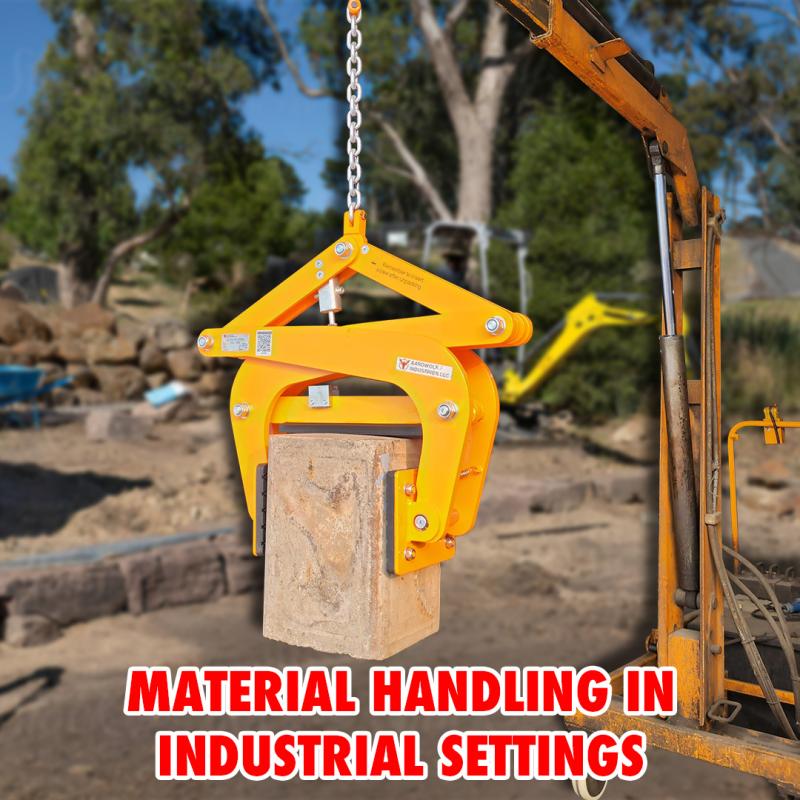
The Types of Material Handling Equipment
Understanding the types of material handling equipment is the first step toward designing a tailored logistics solution. Equipment generally falls into three categories:
-
Manual & Human-Powered Equipment
-
Mechanized & Automated Systems
-
Storage & Handling Structures
Each category addresses unique operational needs, whether it’s lifting heavy loads, conveying pallets across vast warehouses, or storing components safely.
Read more about the types of material handling equipment.
Key Equipment for Efficient Material Handling
Industrial operations rely on a blend of specialized tools to streamline workflows. Below, we explore essential equipment and how they contribute to process optimization.
Lifting Clamps and Slab Lifters
-
Lifting Clamp
Lifting clamps are designed to grip, lift, and rotate stone, metal plates, and other flat materials without slippage. The aardwolf slab lifting clamp handle offers precise control and ergonomic operation, making it ideal for handling heavy slabs safely. -
Horizontal Stone Lifting Clamp
For applications requiring a horizontal orientation, the Horizontal Stone Lifting Clamp ensures uniform pressure distribution and damage-free handling.
These devices are pivotal when integrating slab lifter technology into stone fabrication, metal fabrication, and other material-intensive industries.
Scissor Lifters and Gantry Cranes
-
Scissor Lifter
Scissor lifters raise loads via a folding linkage, delivering stable vertical motion. Their compact footprint makes them ideal for tight industrial spaces. -
Gantry Crane Material Handling
Gantry cranes facilitate overhead load movement across bays and workstations. They excel in environments where floor space is at a premium. Learn more about portable cranes methods for both overhead and gantry applications.
Together, scissor lifters and gantry cranes form a versatile duo for heavy-duty lifting and precise positioning.
Vacuum Lifters and Electric Innovations
-
Vacuum Lifter Slab Lifter
Vacuum lifters utilize suction pads to secure loads, eliminating the need for hooks or mechanical grips. They are especially effective for smooth-surfaced materials like glass, metal sheets, and stone slabs. -
Electric Vacuum Lifters Innovation
Recent advancements in electric vacuum lifters innovation leverage efficient motors and battery systems to deliver consistent lifting power without compressed-air dependency. Discover cutting-edge models.
The precision and adaptability of vacuum systems reduce manual effort and minimize material damage.
Wall-Mounted Jib Cranes and Fixed Systems
-
Wall-Mounted Jib Cranes
Mounted on columns or walls, these cranes provide 180°–360° rotation for localized load handling. They are a cost-effective solution for repetitive lifting tasks in production cells. Learn about wall-mounted jib cranes.
Fixed lifting equipment complements mobile solutions, offering stability and continuous operation in fixed zones.
Ratchet Tie Down Traps and Durable Straps
-
Ratchet Tie Down Traps
Ratchet straps secure loads on trailers, pallets, or workstations, preventing movement during transport or machining. -
Durable Straps
High-visibility, weather-resistant Durable straps ensure reliability in demanding industrial environments. For proper use and best practices, see durable straps.
Strapping solutions are an often-overlooked but vital element of complete lifting equipment suites.
Ensuring Safe Material Handling
Safety is paramount in any material handling industry. Adhering to best practices reduces incidents, protects personnel, and maintains downtime to a minimum.
-
Risk Assessment & Training
Conduct regular hazard analyses and ensure all operators are certified on specific equipment. -
Ergonomic Design
Implement tools like scissor lifters and vacuum systems to minimize manual lifting and reduce musculoskeletal strain. -
Maintenance & Inspection
Schedule routine checks for wear, hydraulic leaks, or weak linkages. Replace parts promptly to uphold performance.
Adopting a culture of safe material handling fosters compliance and boosts workforce confidence. For examples of best practices, visit safe material handling.
Material Handling Equipment in Industrial Warehouses
Warehouse environments demand robust, integrated systems to handle high volumes of goods:
-
Conveyor Systems & AGVs
Streamline inbound/outbound flows and reduce picker travel times. -
Automated Storage & Retrieval (AS/RS)
Maximize vertical space and speed up order fulfillment. -
Racking & Mezzanines
Optimize footprint with multi-tier storage solutions.
Selecting the right blend of manual, mechanized, and automated assets defines a high-performance warehouse. Learn more about material handling equipment in industrial warehouse.
Selecting the Right Equipment for Your Facility
With a myriad of material handling companies offering diverse solutions, decision-makers must evaluate:
-
Capacity Requirements
-
Duty Cycles & Throughput
-
Integration with Existing Systems
-
Total Cost of Ownership (TCO)
-
Scalability & Future Growth
Partner with experienced providers who understand your industry’s nuances and compliance mandates.
Emerging Trends & the Streamlined Future in the Material Handling Industry
The convergence of AI, IoT, and advanced robotics is setting the stage for the streamlined future in the material handling industry. Smart sensors, predictive maintenance, and robotics-as-a-service models are transforming supply chains into agile, data-driven networks. For strategic guidance, explore streamlined future in the material handling industry.
Conclusion
In the dynamic landscape of industrial manufacturing and distribution, material handling stands as a pivotal function—driving efficiency, reducing costs, and safeguarding personnel. By investing in the right mix of lifting clamps, vacuum lifters, scissor lifters, gantry cranes, and automated systems, organizations can elevate productivity and secure a competitive edge. Continuous innovation and strategic equipment selection will define the success of tomorrow’s material handling companies and shape the future of the material handling industry.




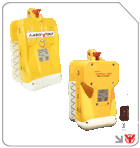
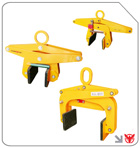
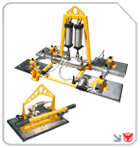
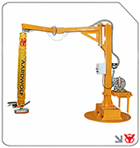
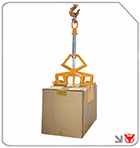
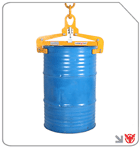
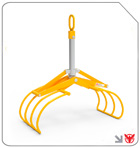
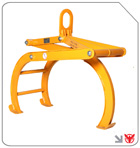
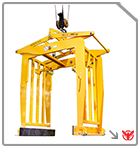
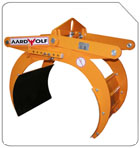
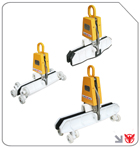
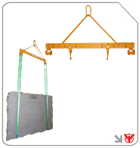
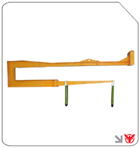
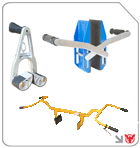
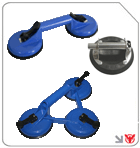

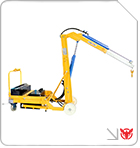
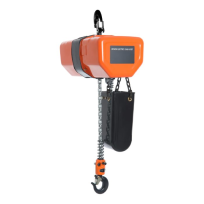
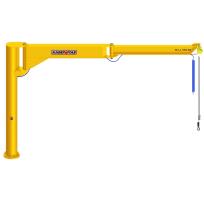
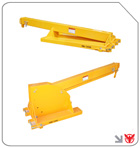
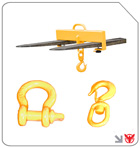
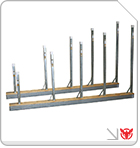
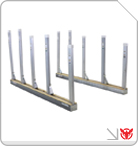
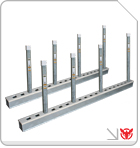
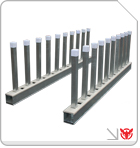
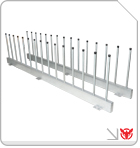
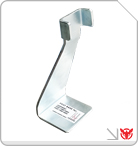
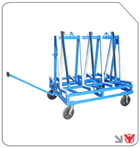
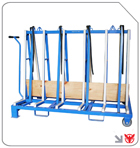
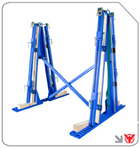
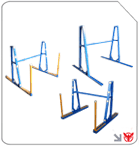
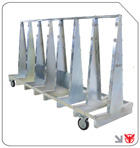
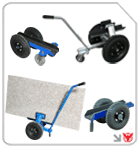
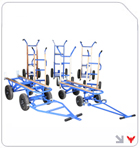
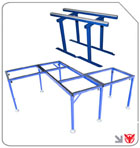
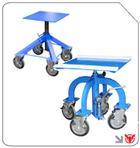
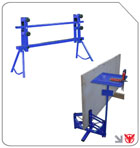
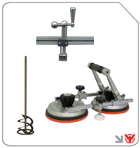

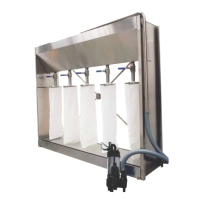
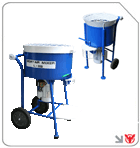
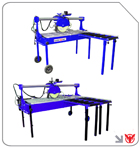
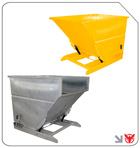
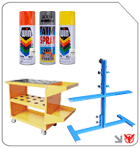
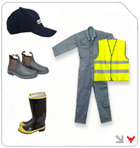
Follow us on: